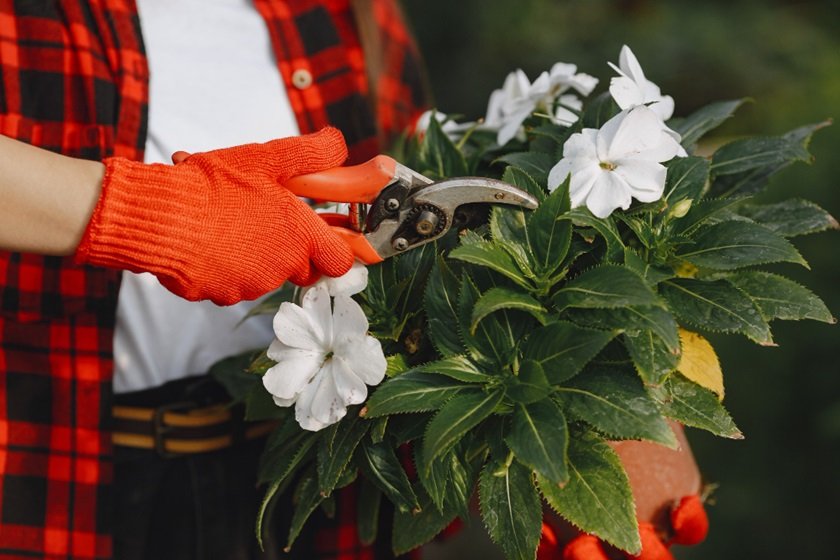Magnolia trees, with their striking blooms and stately presence, are a favorite among gardeners. If you have a beloved magnolia and want more of these beautiful trees, propagation is the way to go. Whether you’re looking to expand your garden or share these magnificent trees with friends, knowing the right propagation techniques can make the process easier and more successful. Here’s an expert guide to multiplying your magnolias through various propagation methods.
Propagation by Seeds
Propagating magnolias from seeds is a rewarding process, though it requires patience since magnolias grown from seed can take several years to flower.
- Seed Collection: Harvest seeds from magnolia pods in the fall when they mature and split open. Remove the seeds and clean off the red pulp.
- Stratification: Magnolia seeds require a period of cold stratification to germinate. Place the cleaned seeds in a damp paper towel or sphagnum moss, then store them in a plastic bag in the refrigerator for 3-4 months.
- Planting: After stratification, sow the seeds in a potting mix made of equal parts peat moss, perlite, and coarse sand. Plant the seeds about ½ inch deep and keep the soil consistently moist.
- Germination: Place the pots in a warm, bright location. Germination can take several weeks to months, so be patient and keep the soil moist but not waterlogged.
Propagation by Cuttings
Propagating magnolias from cuttings is a faster method than seeds and can yield plants identical to the parent tree.
- Timing: Take cuttings in late spring or early summer when the tree is actively growing.
- Cutting Selection: Choose healthy, semi-hardwood cuttings about 6-8 inches long, with at least two sets of leaves.
- Preparation: Remove the lower leaves, leaving only a couple at the top. Dip the cut end in rooting hormone to enhance root development.
- Planting: Insert the cuttings into a pot filled with a well-draining mix of equal parts peat moss and perlite. Ensure at least one node (the point where leaves attach) is below the soil surface.
- Environment: Keep the cuttings in a warm, humid environment with indirect light. Covering the pots with a plastic bag can help maintain humidity. Water regularly to keep the soil moist.
- Rooting: Roots should develop in 4-6 weeks. Once the cuttings have a good root system, they can be transplanted into individual pots or directly into the garden.
Propagation by Layering
Layering is a simple and effective way to propagate magnolias directly in the garden.
- Timing: Perform layering in early spring or late summer.
- Branch Selection: Select a low-growing, flexible branch that can be bent to the ground.
- Preparation: Make a shallow cut or remove a small strip of bark from the underside of the branch where it will touch the soil. This will encourage root formation.
- Burying: Bury the wounded section of the branch in the soil, leaving the tip exposed. Secure it in place with a U-shaped wire or a stone.
- Care: Keep the buried section moist. Over time, roots will develop at the wounded site.
- Transplanting: Once roots have formed (usually within a few months to a year), sever the new plant from the parent tree and transplant it to its desired location.
Propagation by Grafting
Grafting is a more advanced technique but can be highly effective, especially for creating hybrids or propagating difficult-to-root varieties.
- Timing: Graft magnolias in late winter or early spring before new growth begins.
- Scion and Rootstock Selection: Choose a healthy scion (a shoot from the desired magnolia variety) and a compatible rootstock.
- Grafting Method: The most common methods are whip-and-tongue grafting or cleft grafting. Match the cambium layers (the green tissue just under the bark) of the scion and rootstock closely.
- Securing: Secure the graft with grafting tape or wax to prevent drying out and infection.
- Care: Keep the grafted plant in a humid, protected environment until the graft heals and new growth appears.
Conclusion
Propagating magnolias is a satisfying way to multiply these majestic trees and share their beauty. Whether you choose seeds, cuttings, layering, or grafting, each method offers its own set of challenges and rewards. With patience and proper care, you can successfully propagate magnolias and enjoy their stunning presence in your garden for years to come. Happy gardening!




